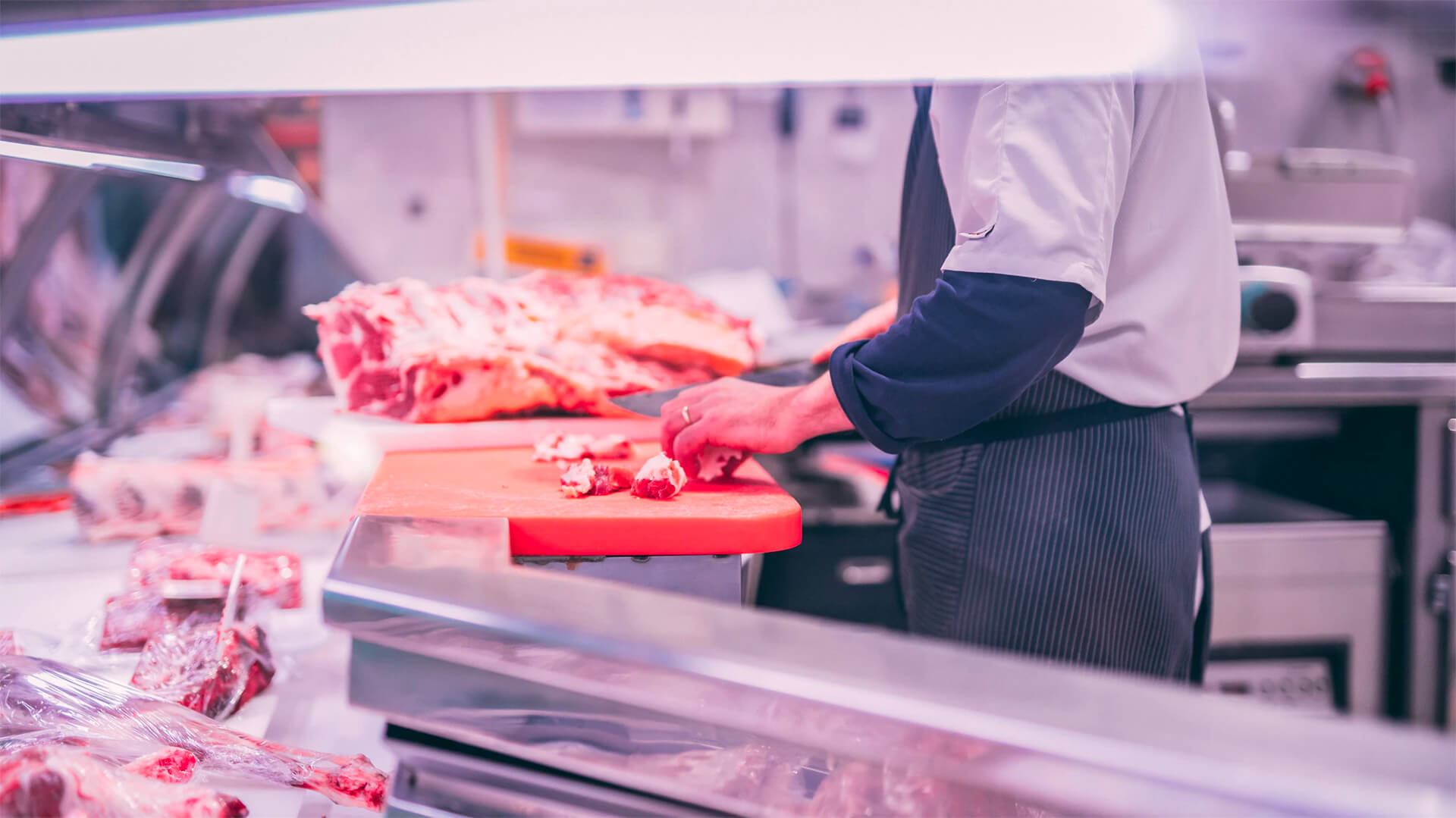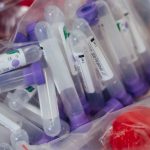Let’s get the bad news out of the way first.
Meatpacking is a messy business almost custom-designed to generate coronavirus outbreaks among the staff. When a cow or hog is brought into the slaughter facility, it is slit, hung, bled-out and then has its skin and organs removed, all in 30 minutes. Since the typical cow weighs a half a ton, it is the ultimate team effort. No social distancing here.
Later on the carcass is broken down into pieces for restaurants, supermarkets with other parts sent on to processing into things like sausages and ground beef. Social distancing is at least possible at these stages, but establishing that all-important six foot bubble means fewer people on the line. That means lower throughput, which means less meat.
Best guess? Roughly 10-15% of the country’s beef processing and 25% of its pork processing is currently offline. We should expect that any plant shutdowns will last at least until the staff recovers. For most young, healthy folks, that’s about three weeks.
There’s also not a lot of spare capacity to ramp things up once these plants reopen. Most plants run two shifts, six days a week. And since most of the labor is migrant, expanding the staff isn’t something that can be done in a few days (or weeks) – especially if a substantial percentage of the staff is out with coronavirus. The issue is amplified in states that have no social distancing guidelines and, as you can see from the map, there is significant overlap.

Now the good(ish) news:
Purging a facility of COVID-19 is pretty straightforward. It just requires removing the vectors (i.e. the staff) from the facility and doing a scrubdown. Meatpacking plants regularly close every week or three for top-to-bottom cleaning and sterilization, so this is baked into normal operations.
Nor can you get coronavirus from meat that came through any of the impacted facilities. Most beef and pork is in a chiller for a few days (more than enough time to kill the virus). Multiple sterilization stages are used throughout the slaughter and packing processes (all of which would kill the virus). And then once the meat makes it to your house, you cook it (also, more than enough to kill the virus).
Finally, there will not be a shortage of animal inputs for the meatpackers. America’s ranchers had been steadily increasing their herds for years, both to serve Americans who had been enjoying a ten-year economic expansion, as well as to serve export markets recently opened up by the Trump administration. The ranchers’ problem is too many animals right now (too many to the point that some pork producers are euthanizing and burying hogs because they cannot get them to a slaughterhouse). The issue is not a shortage of animals; the issue is the bottleneck at the slaughter/meatpacking stage of the supply chain.
A Note From Peter
The last few weeks have been rough on all of us. As of March 1, the vast majority of our income here at Zeihan on Geopolitics came from us putting Peter on a jet and sending him to rub elbows with large groups of people. As I’m sure you’ve guessed, that business line has gone to zero.
Some of our subscribers have realized that, and so have suggested that ZoG provide a means of enabling readers to “tip” us in the manner similar to many other podcast and newsletter and bloggers. In essence if you like the newsletter, you can kick us whatever bit of cash you feel is appropriate.
Starting today we are implementing that program, but we don’t want the funds to come to ZoG. There are many, many people out there who are in a far worse position than the ZoG team who ultimately cuts its teeth on disruption and chaos. We’ll be fine. Others are not so fortunate. So we ask that should you wish to chip in, that you do so via Feeding America. FA is a charitable organization that seeks out foods from farmers, processors and retailers, and delivers it to people in need. Nationwide.
One of the biggest problems the country faces at present is food dislocation: pre-COVID, nearly 40% of all foods were not consumed at home. Instead they were destined for places like restaurants and college dorms. Shifting the supply chain to grocery stores takes time and money, but people need food now. Some 23 million students used to be on school lunches, for example. That servicing has evaporated. Feeding America helps bridge the gap between America’s food supply (which remains robust) and its demand (which coronavirus has shifted faster than the supply chains can keep up).
A little goes a very long way. For a single dollar, FA can feed one person for three days.
Join Peter Zeihan and Melissa Taylor April 30th for an in-depth discussion and presentation on the impact of COVID-19 on global agricultural production and the stability of the world’s food supply.
Future planned invents include:
- Transport and Supply Chains
- Manufacturing
- Industrial Commodities








